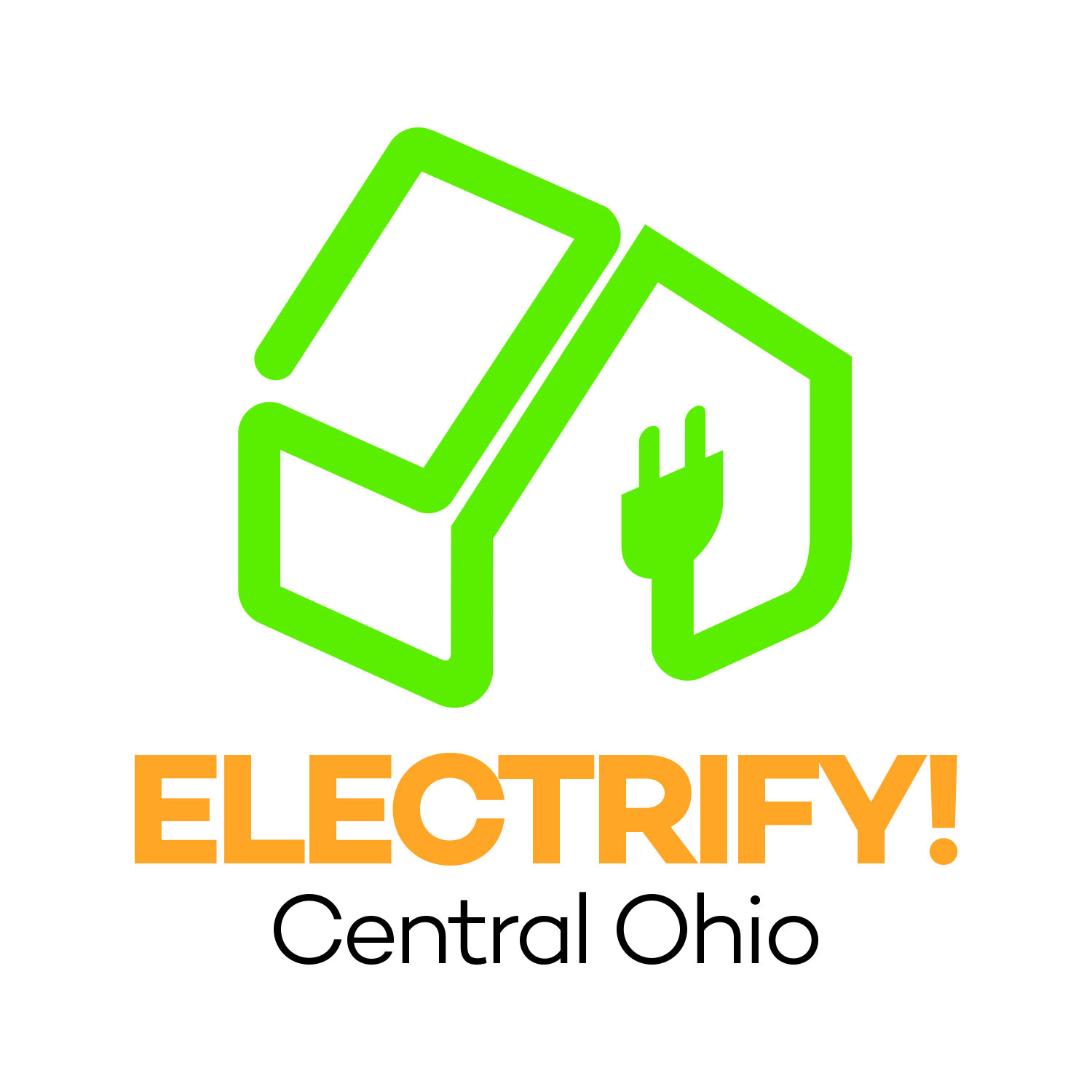How can I access clean energy if home solar isn’t a good fit for me?
There are two pieces of good news here, both of which we’ve covered in more detail in one of our YouTube videos.
First, in most of Ohio it’s generally pretty easy to “shop” for green electricity from a competitive supplier even though the company delivering that power is a monopoly utility (AEP Ohio for the majority of central Ohio). In some places your local government will actually shop for you and other residents through a government aggregation (also called “community aggregation”), where your city, township, or county forms a large buying group of residents to try to get better terms for the group members than you could get on your own. This can also involve negotiating for green electricity options beyond what’s available to individual households. Of course, you can shop on your own too, in which case we recommend using the state’s “Apples to Apples” site. That tool lets you compare all the available offers from different companies across a range of criteria, including price (fixed or variable), renewable content, length of the contract, and whether there’s an early termination fee if you want to change providers. If you have questions about what you find there, this is one of the topics we’re glad to cover in our free one-on-one coaching, so go ahead and ask us!
Second, even if you don’t take advantage of the shopping option, the overall supply of electricity in the state is getting cleaner every day, as renewable and carbon-free energy outpaces coal and other generation sources that emit large amounts of greenhouse gases. That means you can invest in electric appliances and vehicles now with significant confidence that you’ll be reducing your carbon footprint over time, even if you don’t install home solar or proactively pay for carbon-free electricity supply. That’s especially important because cars, furnaces, A/C units, and water heaters may be in use for a decade or more — either locking in high levels greenhouse gas emissions for the future, or (better option!) ensuring that your household’s climate profile will improve in the long-term through home electrification.
A final note: anyone, anywhere can also buy Renewable Energy Certificates (RECs) to “match” their electricity usage. That basically means you’re paying a renewable energy project somewhere in the world a small premium for each kilowatt-hour it generates, in order to offset emissions from whatever sources are providing your electricity. If you want to go that route, there’s a non-profit organization that certifies valid “Green-e” RECs and has a directory of companies that offer them for sale to individual residential customers. The reason we mention this option last is that the directory can be hit or miss since these companies change their offerings regularly, and still requires you to go out and manually calculate and purchase the amount of RECs you want. But our goal is to help everyone find the right climate-friendly pathway for their lives, and we can definitely provide support if you’re interested in going down that road!
